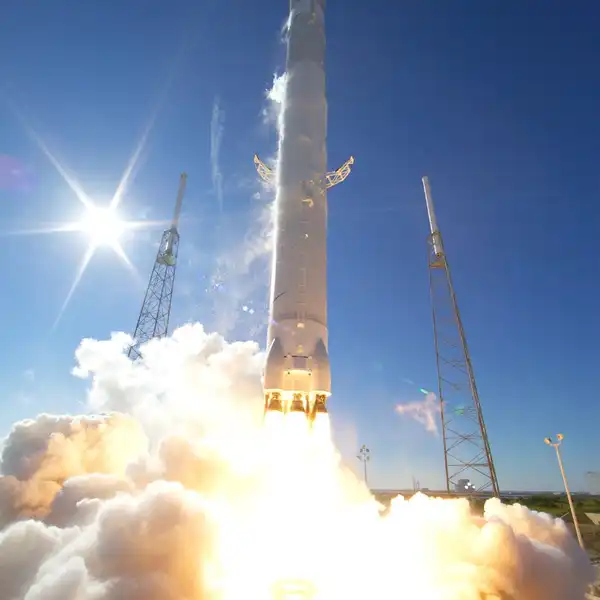
NASA is gearing up for an exciting mission as it prepares to launch a cutting-edge instrument developed at Montana State University. This innovative device is designed to observe the sun in far ultraviolet light and is currently undergoing final testing at the White Sands Missile Range in New Mexico. The launch is scheduled for August 11, 2024, marking a significant milestone in solar observation.
In a remarkable achievement for Montana State University, the instrument, known as the Full-sun Ultraviolet Rocket Spectrometer (FURST), is set to capture the first high-resolution, far-ultraviolet spectrum of the entire sun. The launch is planned for Tuesday, September 3, at 1:05 p.m. Mountain time, offering a unique opportunity to study the sun's emissions in unprecedented detail.
The mission will be launched from the White Sands Missile Range, with a minimalistic livestream available for viewers to track the rocket's journey and witness the separation of its stages. This brief mission will propel FURST into space, where it will conduct its groundbreaking observations.
Charles Kankelborg, a physics professor at MSU and the principal investigator for this mission, has been pivotal in the development of several solar observation instruments. The concept for FURST was initially proposed by Phil Judge, a senior scientist at the High Altitude Observatory, highlighting a collaborative effort in advancing solar research.
The sun emits light across the electromagnetic spectrum, including far ultraviolet light with wavelengths between 120 and 180 nanometers. These wavelengths are absorbed by Earth's atmosphere, necessitating space-based observations. Kankelborg emphasizes that while high-resolution data from small sections of the sun is routinely collected, capturing a comprehensive far-ultraviolet spectrum of the entire sun is a groundbreaking endeavor.
Understanding the Solar Spectrum
This mission aims to provide data that will allow scientists to compare the sun’s spectrum with those of other stars. Such comparisons could significantly enhance our understanding of how the sun's ultraviolet radiation affects celestial bodies, including Earth. Additionally, the data may offer insights into the impact of small plasma explosions in the sun’s transition region on the overall solar spectrum.
MSU doctoral student Catharine Bunn, a member of the FURST team, has been analyzing magnetic reconnections in the sun using data from NASA’s Interface Region Imaging Spectrograph. By comparing data from IRIS and FURST, scientists hope to gain new insights into these complex phenomena.
Innovative Design Solutions
To capture the sun's light through a tiny spectrograph slit, the team employed glass cylinders, akin to chemistry stirring rods, to focus the light. These cylinders were coated to reflect and direct sunlight for analysis. MSU electrical engineering doctoral student Suman Panda played a crucial role in selecting the optimal cylinders for the mission.
Although the NASA sounding rocket will not place FURST into orbit, it will ascend to approximately 300 kilometers above Earth, beyond the atmosphere. During its five-minute mission, FURST will capture exposures every 10 seconds, rotating through different channels to gather comprehensive data.
Preparing for Launch
Kankelborg and his team, including MSU alumni and students, have been diligently preparing for the mission in New Mexico since mid-July. The team members are actively involved in the mission's operations, gaining invaluable hands-on experience in experimental space science.
The project, which faced delays due to the COVID-19 pandemic, coincides with a peak in the sun’s 11-year activity cycle. This timing offers a unique opportunity to study the sun during a period of heightened activity, providing valuable insights for various scientific fields, including heliophysics and atmospheric sciences.